Image by Chris Erdman, Point Lobos, California
It’s springtime and in northern California that means the annual parade of crane flies. Some people call these large, gangly creatures mosquito hawks, or mosquito eaters. But a crane fly has nothing to do with mosquitos, and while they look a little fearsome, they’re utterly harmless and play an important role in our eco system. Every springtime, they find any opening and push their way inside the house, so determined that even when I grab one gently and take it outside and into freedom, they seem to turn right around and come back in.
Inside the house, they quickly die and fall, crumpled, into corners and near baseboards.
Luna, the other day, our three year old granddaughter, just old enough to start asking questions, found one, dead and crumpled, and picked it up. In her little hands it looked enormous—like an adult holding the fragile body of a broken bird. She brought it to Elisa whom she calls by Elisa’s Dutch ancestral title, “Oma.” She shows no fear of the dead creature and holds it up curiously as if to say, “What is this? And why doesn’t it move?”
Elisa realized this as a teachable moment.
“That’s crane fly,” she said. “They live just a few days. That one has died.”
Elisa knelt down beside the toddler and taking the insect gently in her own hand.
“Everything that lives also one day dies.”
Elisa put the crane fly back into Luna’s hand and said, “Come Luna, let’s take the crane fly outside. I’ll show you how to bury it in the earth where it came from.”
In the garden the two of them made a tiny hole in the space between a lavender and a sage plant. Elisa showed Luna how to place the bug in the shallow grave and cover it with soil.
“Luna,” she said, “the crane fly has died. All creatures die. Someday I will die too. And the people who love me will bury me in the ground like we just buried this crane fly. This crane fly will help the ground grow new, beautiful trees and flowers and bugs. By dying, the bug helps other things grow. That’s the way the world works. So when I die, you’ll be sad but you can also remember that I lived and I loved you and now something new will grow where I am buried.”
This is what Rachel Carson points us toward her 1950s landmark book, From the Edge of the Sea—a mid-century meditation on the mystery and majesty of our planet, its oceans, and what science reveal about the nature of reality.
Carson, as you’ll experience from this reading, is far ahead of most of us—just like Elisa is far ahead of Luna. Elisa pointed Luna toward the intermingling of garden soil with the gangly body of a bug. Carson points us toward the way the earth’s great oceans not only intermingle, one way or another, with everything, but the way they are a sign and symbol of everything is “made one by the unifying touch of the sea.”
Rachel Carson is a scientist and seer who’s gazed into the nature of reality and knows all this—she doesn’t merely believe it (knowing and believing are not the same thing). Her knowing gives her a sense of what it means to be a part of nature, unconstrained by some artificial division between the material and spiritual, matter and spirit, space and time. Taught by matter itself, she knows everything is fluid, and she knows that the timeless dance of earth and ocean and everything in them reveals that “there is no finality, no ultimate and fixed reality”. Everything pours into everything. And we humans, latecomers in terms of geologic time, and such transient residents on the Earth, are not separate from it all, not above any of it, but not beneath any of it either. We are part of the flow. And so, as with every atom that spins itself into the sacred dance of materiality, as with the crane fly’s atoms that will one day rise again in a tomato plant or rose bush, we too are immortal in the only way that makes any sense at all—immortal in the only way that ultimately matters. And that’s not merely a matter of faith.
So, here’s Rachel Carson from her book, From the Edge of the Sea:
“Hearing the rising tide, I think how it is pressing also against other shores I know — rising on a southern beach where there is no fog, but a moon edging all the waves with silver and touching the wet sands with lambent sheen, and on a still more distant shore sending its streaming currents against the moonlit pinnacles and the dark caves of the coral rock.
“Then in my thoughts these shores, so different in their nature and in the inhabitants they support, are made one by the unifying touch of the sea. For the differences I sense in this particular instant of time that is mine are but the differences of a moment, determined by our place in the stream of time and in the long rhythms of the sea. Once this rocky coast beneath me was a plain of sand; then the sea rose and found a new shore line. And again in some shadowy future the surf will have ground these rocks to sand and will have returned the coast to its earlier state. And so in my mind’s eye these coastal forms merge and blend in a shifting, kaleidoscopic pattern in which there is no finality, no ultimate and fixed reality — earth becoming fluid as the sea itself.”

